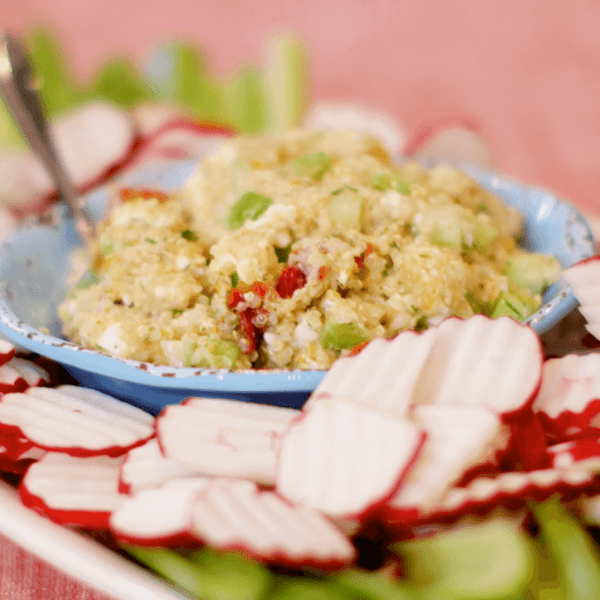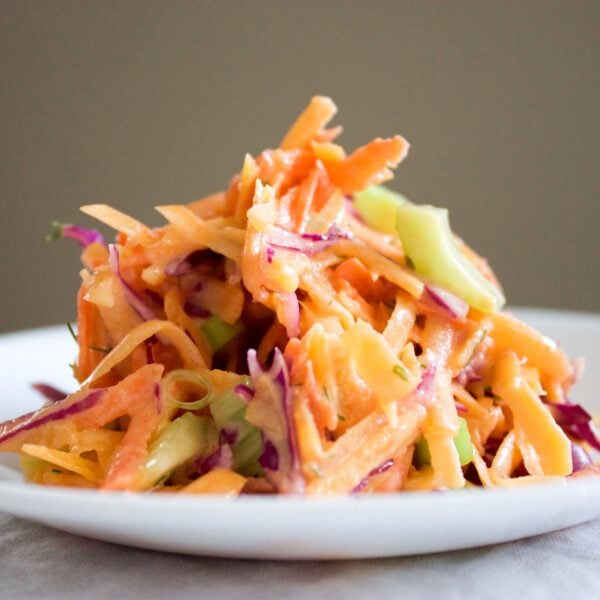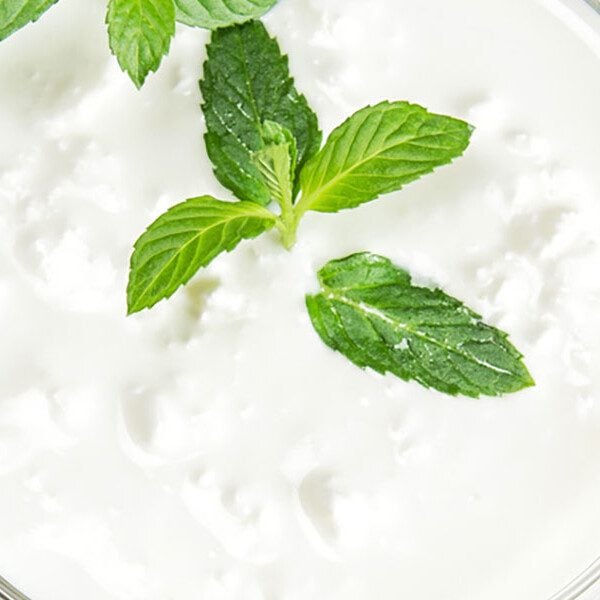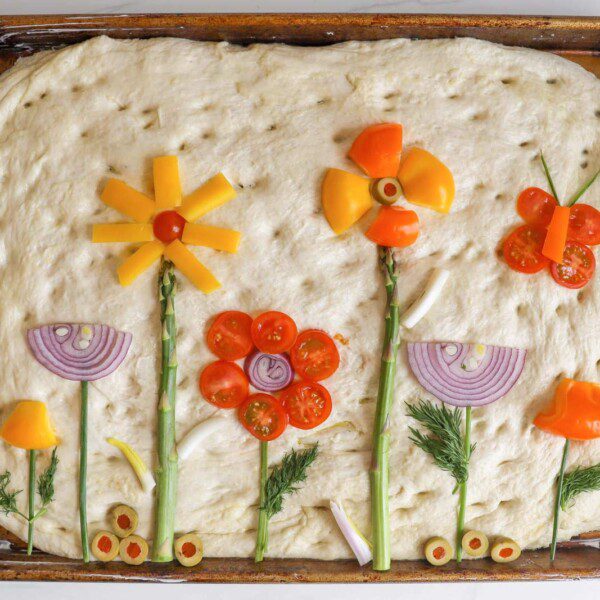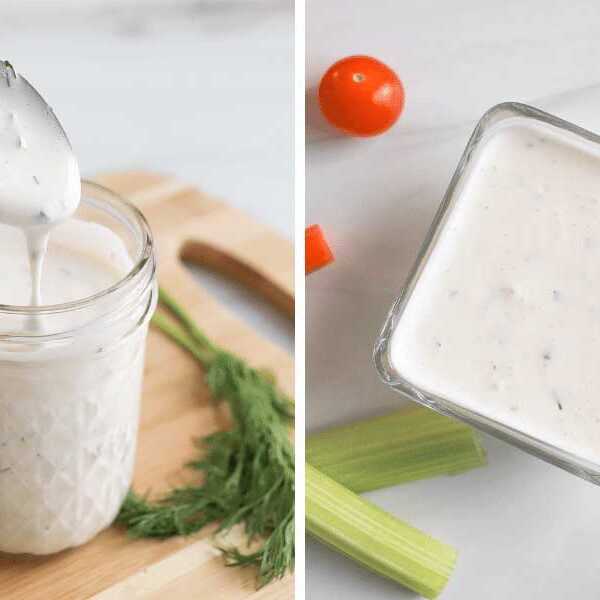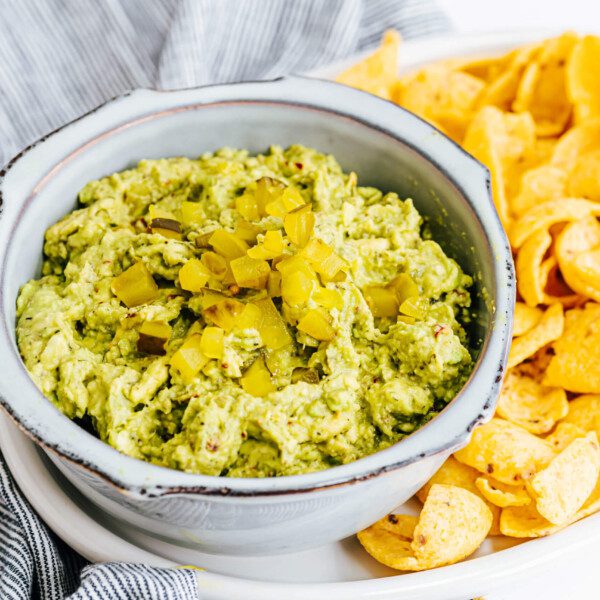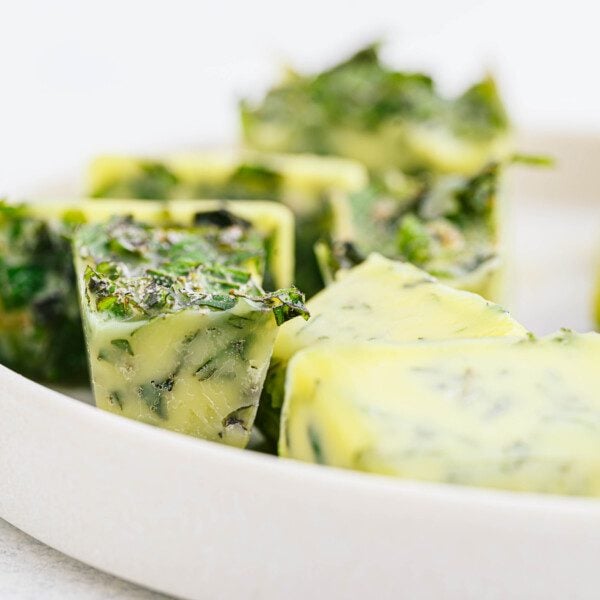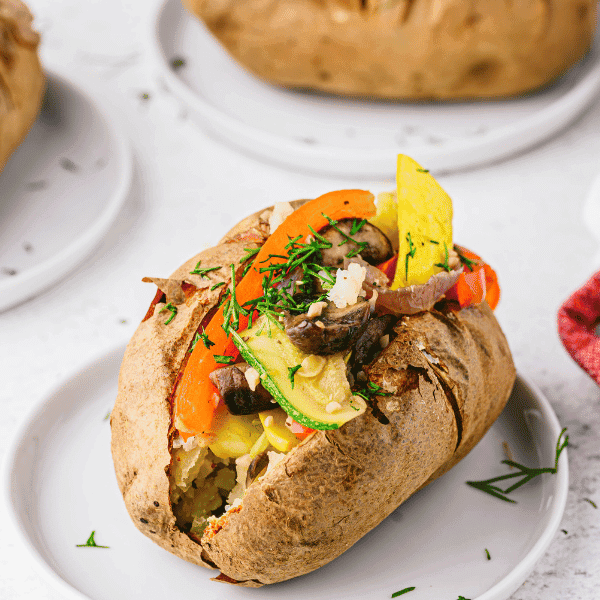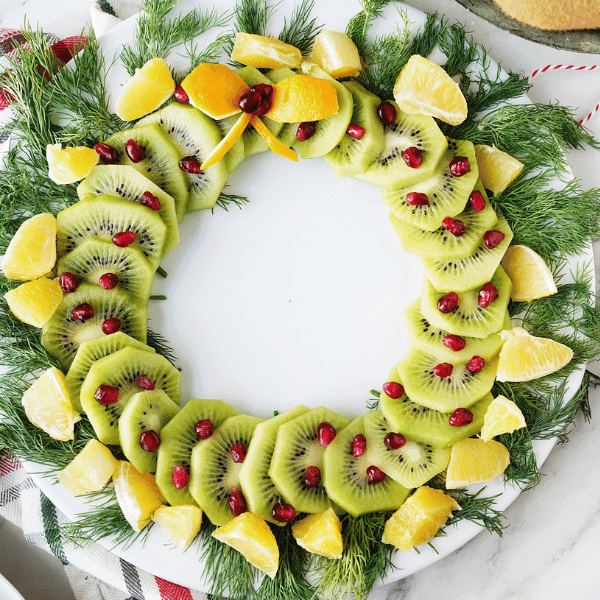How to Select Dill
- Select dill that has feathery foliage, is bright green, and fragrant.
- Avoid dill that is wilting, slimy, yellowing, or browning.
When is Dill in Season?
Dill is green, feathery, fragrant leaves that can be grown indoors or outside. You can snip the leaves of your dill plants during the spring and summer. Although dill is an annual plant, the leaves are at their best during the spring and summer months. Outdoors, your plant will die to the ground every winter but will resurrect every spring. If you grow indoors, you can grow dill all year long.
Varieties of Dill
The aromatic feathery leaves and delicate yellow flowers of the dill plant are available to us in several varieties. The Bouquet is a variety of dill often used in cut flower bouquets because of its long stem and bright yellow umbels. This foliage also makes it a beautiful contribution to your home garden – it even tolerates some heat and drought.
Delikat is a variety with thick, dense foliage. It has more leaves and produces more seeds than many other varieties. This plant grows tall and is ready for harvest in just 40 days.
Compatto is a compact variety with a bold taste and blue-green foliage. The Elephant is a late-flowering variety with a mild flavor, maturing in just 60 – 90 days. This variety can grow up to 4 feet tall, with flowering up to 2 feet wide.
The fern leaf variety grows well in a small herb garden or a container because it matures at just 18 inches tall Its leaves are bushy and fern-like, and these leaves keep their flavor after cutting longer than other varieties.
Dukat, or Tetra, is a Danish variety with an intense flavor. It has a high oil content making it great for cooking.
Greensleeves is a compact, bolt-resistant variety with a sweet, mild flavor. This variety has a long harvest window and grows well in containers.
Dill Nutrition Facts & Benefits
100 grams of Dill provides,
- approx 43 calories
- 1.1 grams of fat
- 3.5 grams of protein
- 7 grams of carbohydrates
- 0 grams of natural sugar
- 2.1 grams of fiber
Here are just a few of the many ways that dill can benefit your health:
1) Dill contains antioxidants like flavonoids which can protect your heart health and lower cholesterol.
2) Dill contains a type of terpenes – monoterpenes. These may prevent and treat certain cancers – breast, lung, and colon cancer.
3) The magnesium, calcium, and phosphorus in dill are good for bone health.
4) Dill helps lower your blood sugar, which can prevent metabolic syndrome, insulin resistance, and type 2 diabetes.
How to Store Dill
How To Store Fresh Dill: There are several methods for storing fresh dill. The first option is to loosely wrap it in a barely damp paper towel, place it in a plastic bag, and store it in the crisper drawer of your refrigerator for up to a week.
The second option is to treat dill like a bouquet of flowers. Trim the stems and place the dill stem-down into a jar with about an inch of water. Loosely cover the jar with a plastic bag and refrigerate. Freshen the water every day or so.
How To Freeze Dill: Wash the dill. Remove excess moisture with either a salad spinner or by hanging the dill upside down for a few minutes and allowing it to drip-dry. Place the dill in an airtight container or freezer bag and freeze.
Chopped dill can also be frozen. Wash, dry, and chop the dill. Place it in ice cube trays and fill the trays with just enough water or olive oil to cover it. Once cubes are frozen through, remove them from the tray and place them in a freezer bag. Check out our step-by-step guide on How To Freeze Herbs. Remove as much air as possible and store the bag of dill cubes in the freezer for up to 4 months.
How to Prepare Dill
Dills is an aromatic herb that compliments a variety of dishes. You’ll love it in recipes like Smoked Salmon, Leek, and Dill Tart, where these delicious ingredients, along with a bunch of dill, are rolled together in puffed pasty and baked. A bunch of dill may be added to many dishes as a flavor enhancer.
Some dishes can be enjoyed with a dill dressing on the side. Yogurt, vinegar, mustard powder, chopped mint, and chopped dill can be mixed thoroughly for a delicious dill dressing.
Dill can be added to comfort food favorites like mashed potatoes. Not only does the dill improve the appearance of the mash, but when mixed with crème fraîche, bouillon, and lemon zest, it contributes a mild but distinct taste.
How about making a dill slaw for your fish dish? Finely shred cabbage and onions, and mix in a large bowl with mayonnaise or yogurt and cornichons. Add in chopped dill for a yummy side for your lunch or dinner.
How to Serve Dill
Vegetarian
How to Make This Jacket Potatoes Recipe Veggie Style — Crispy, Fluffy, and Perfect
2 hrs 15 mins
